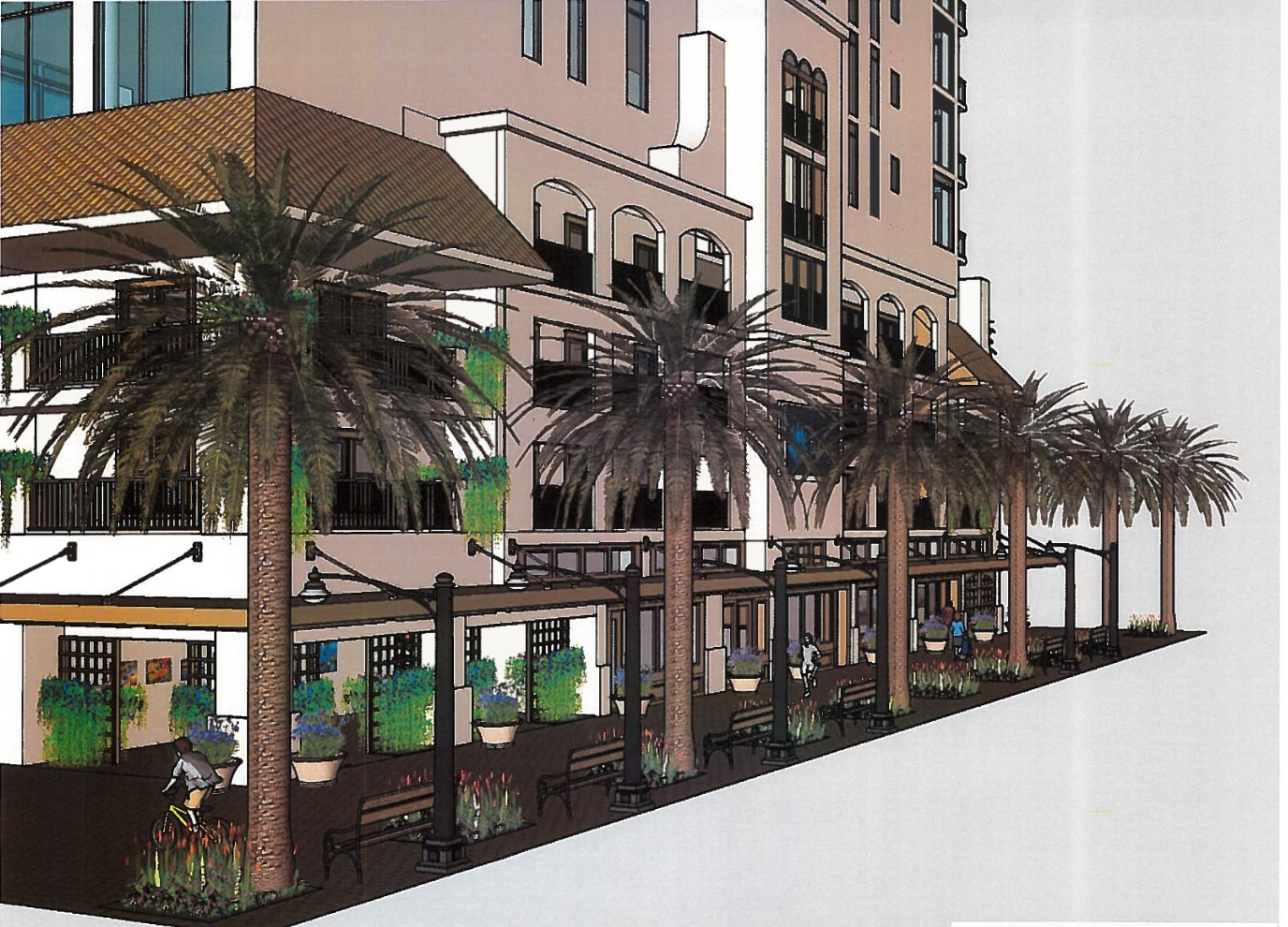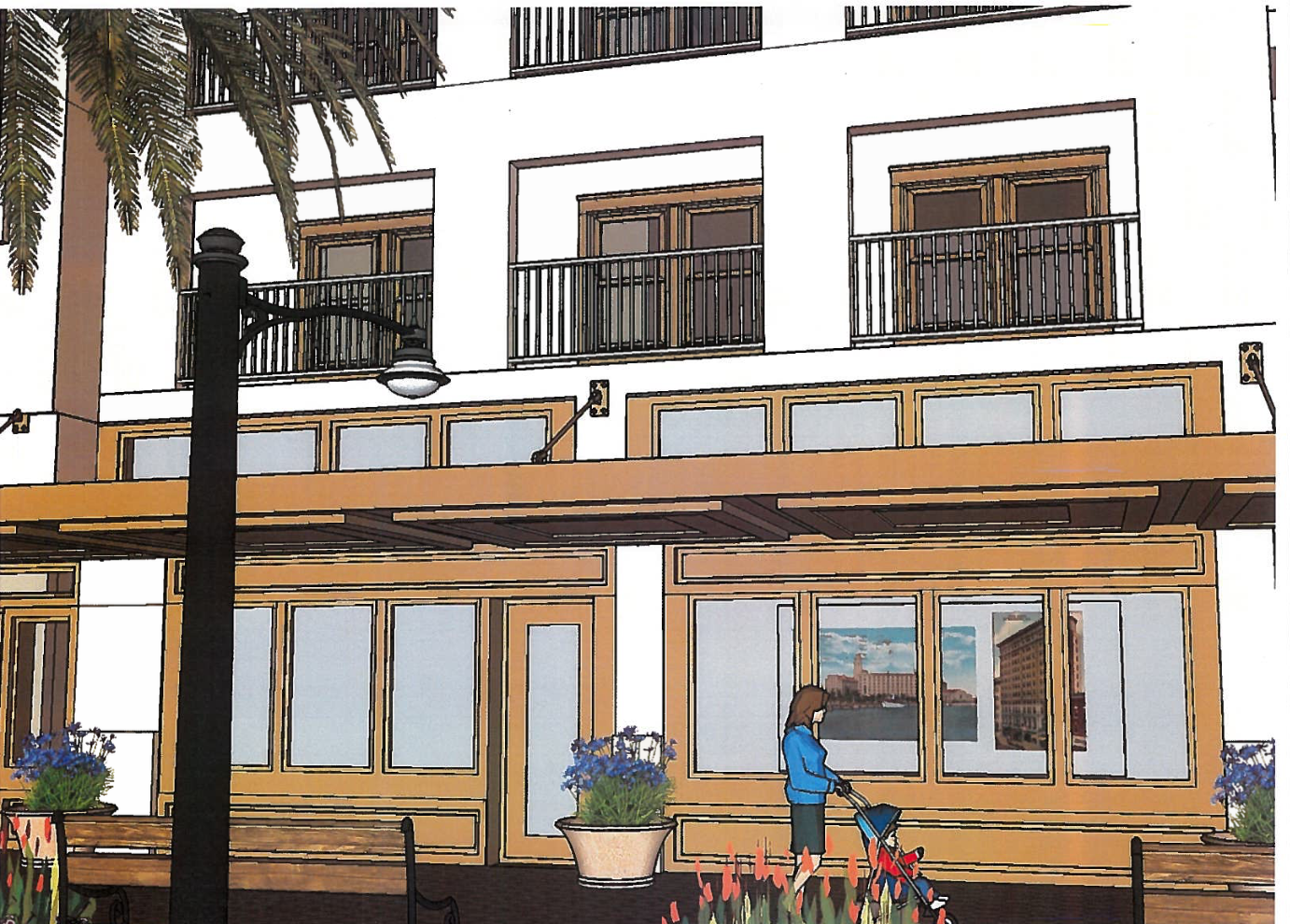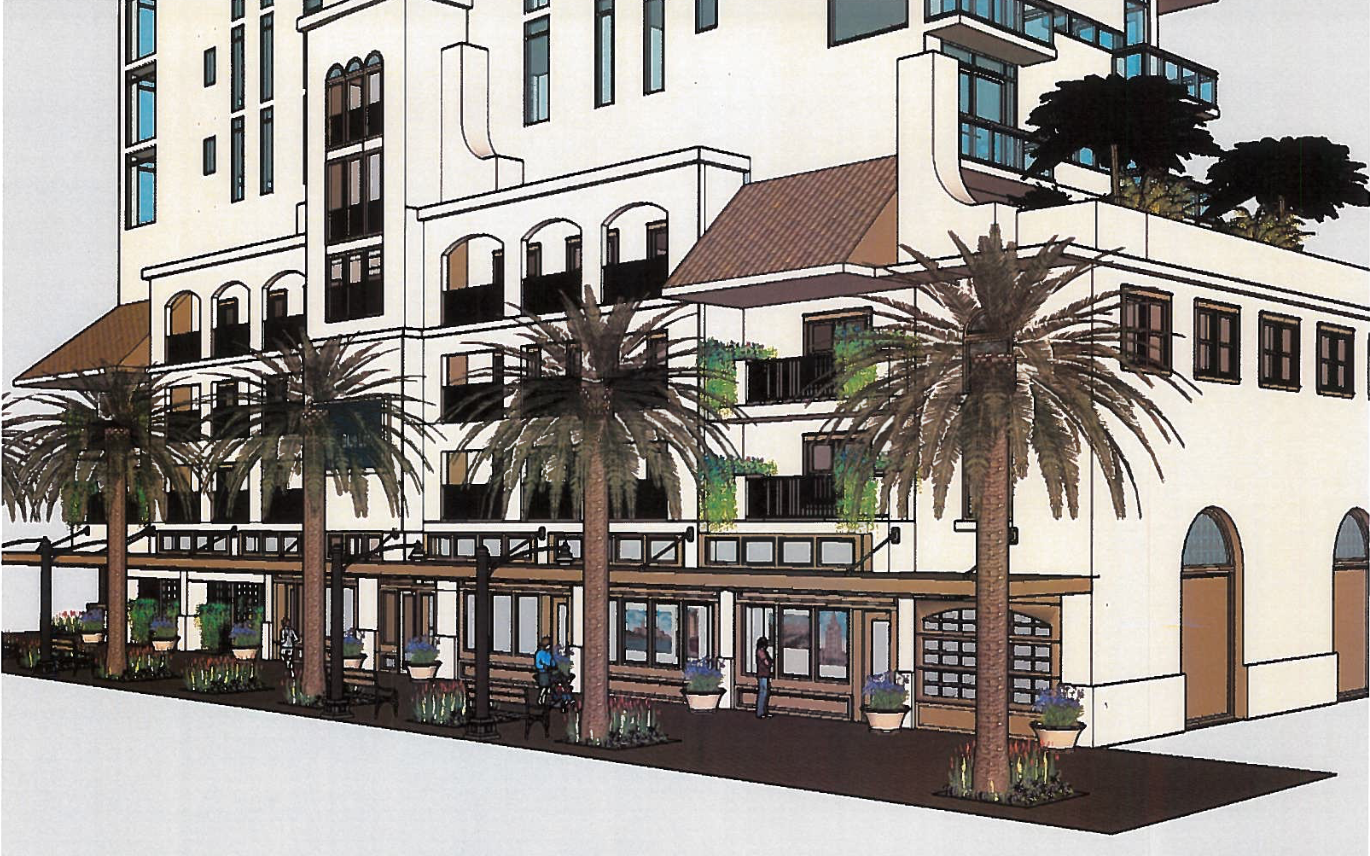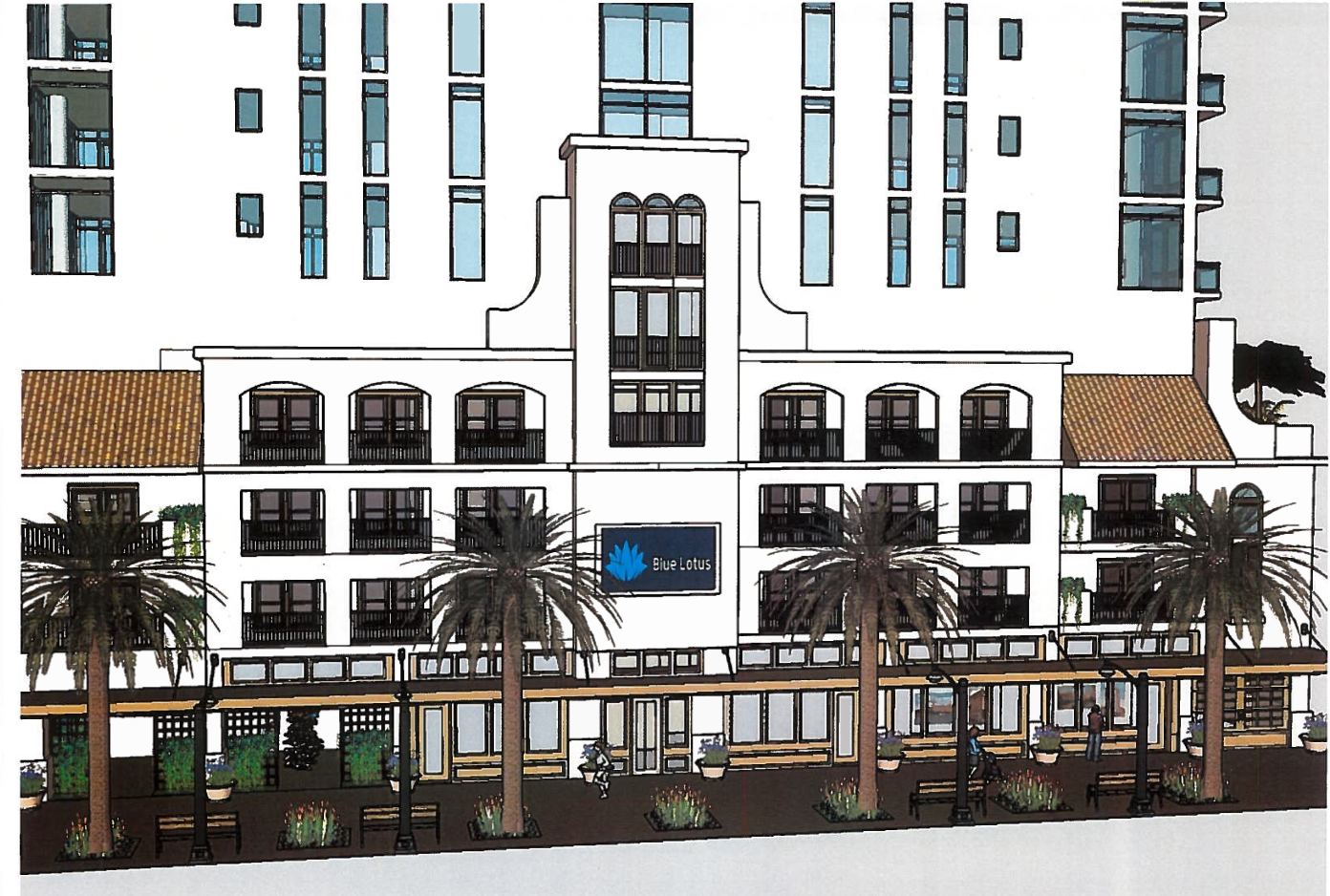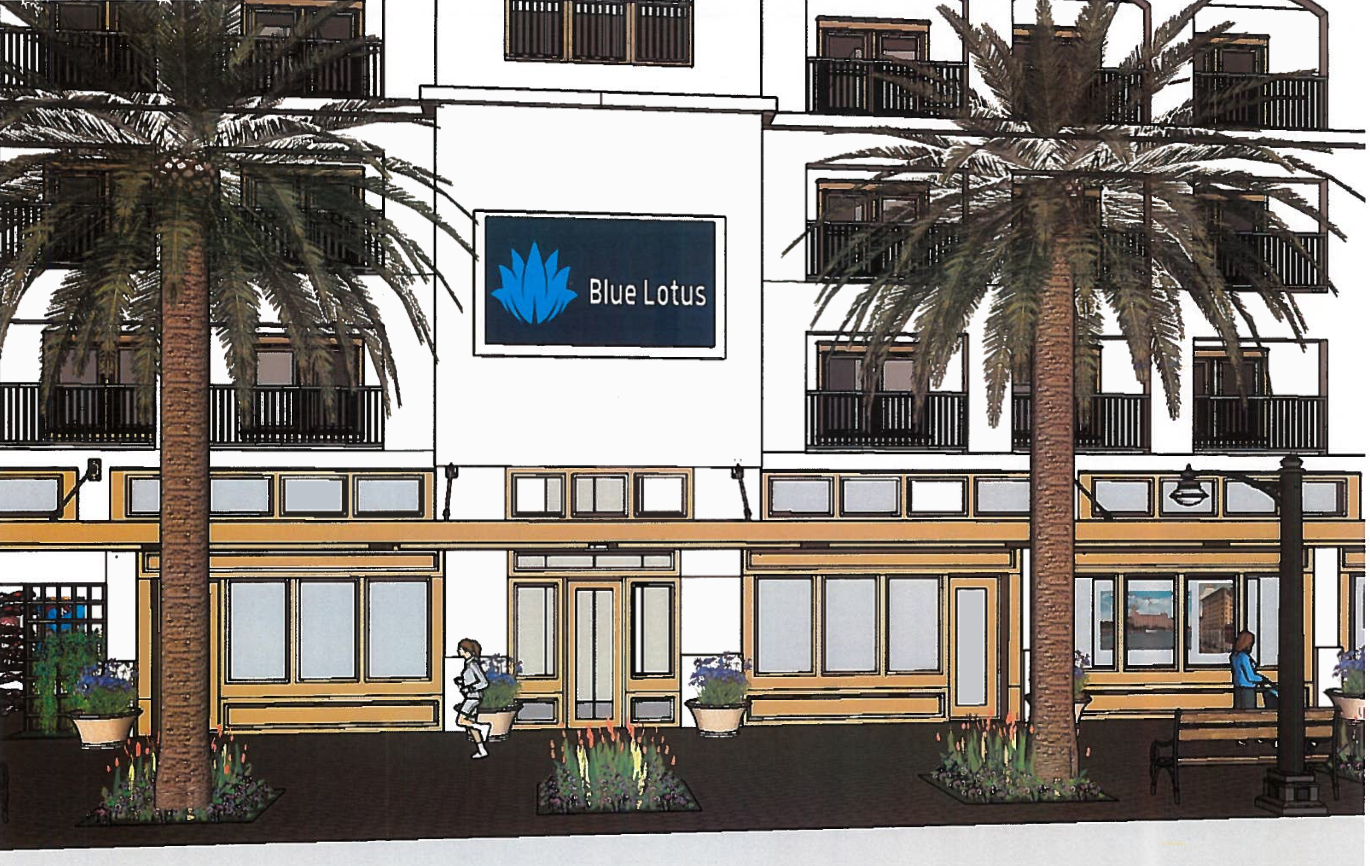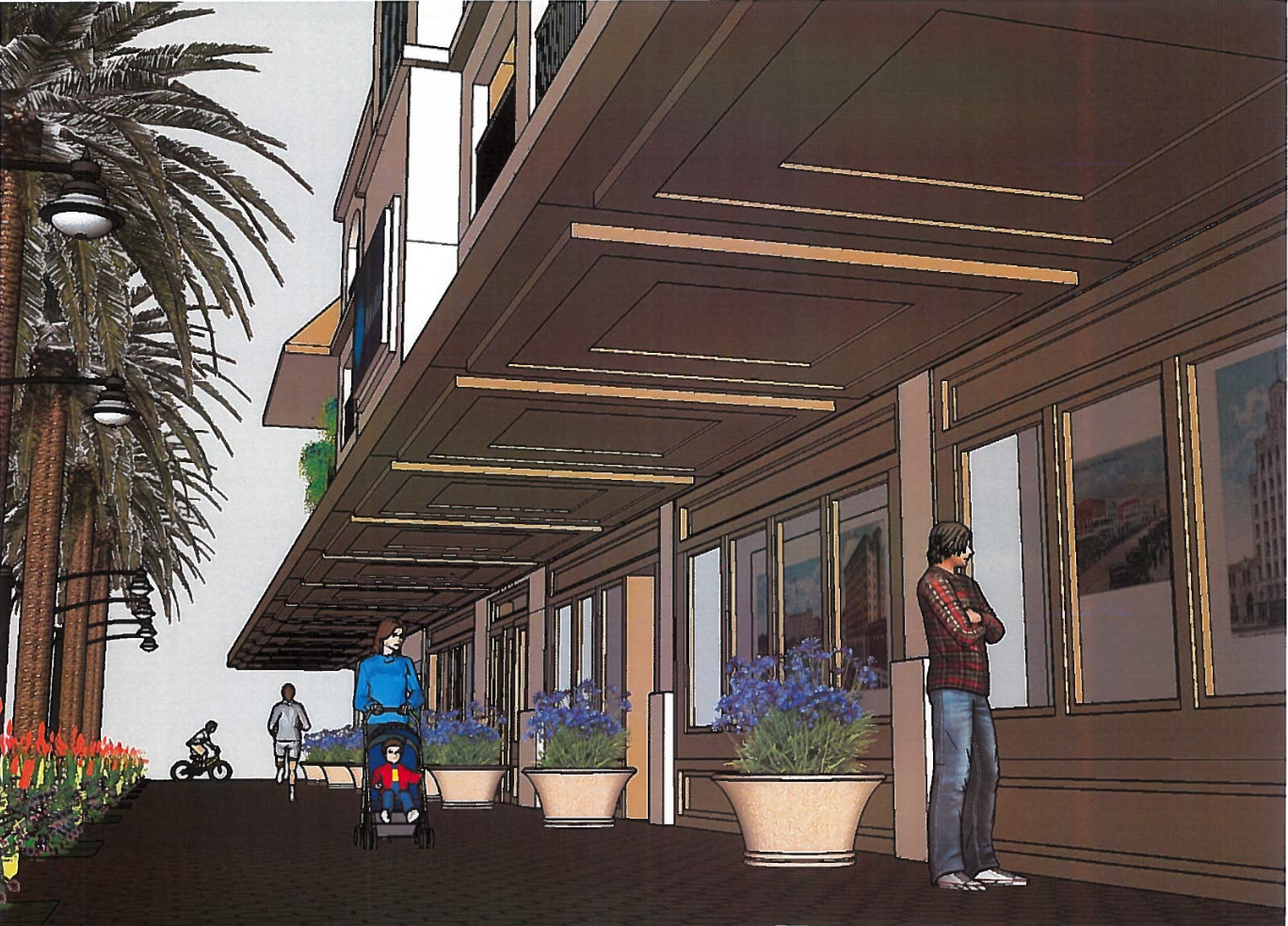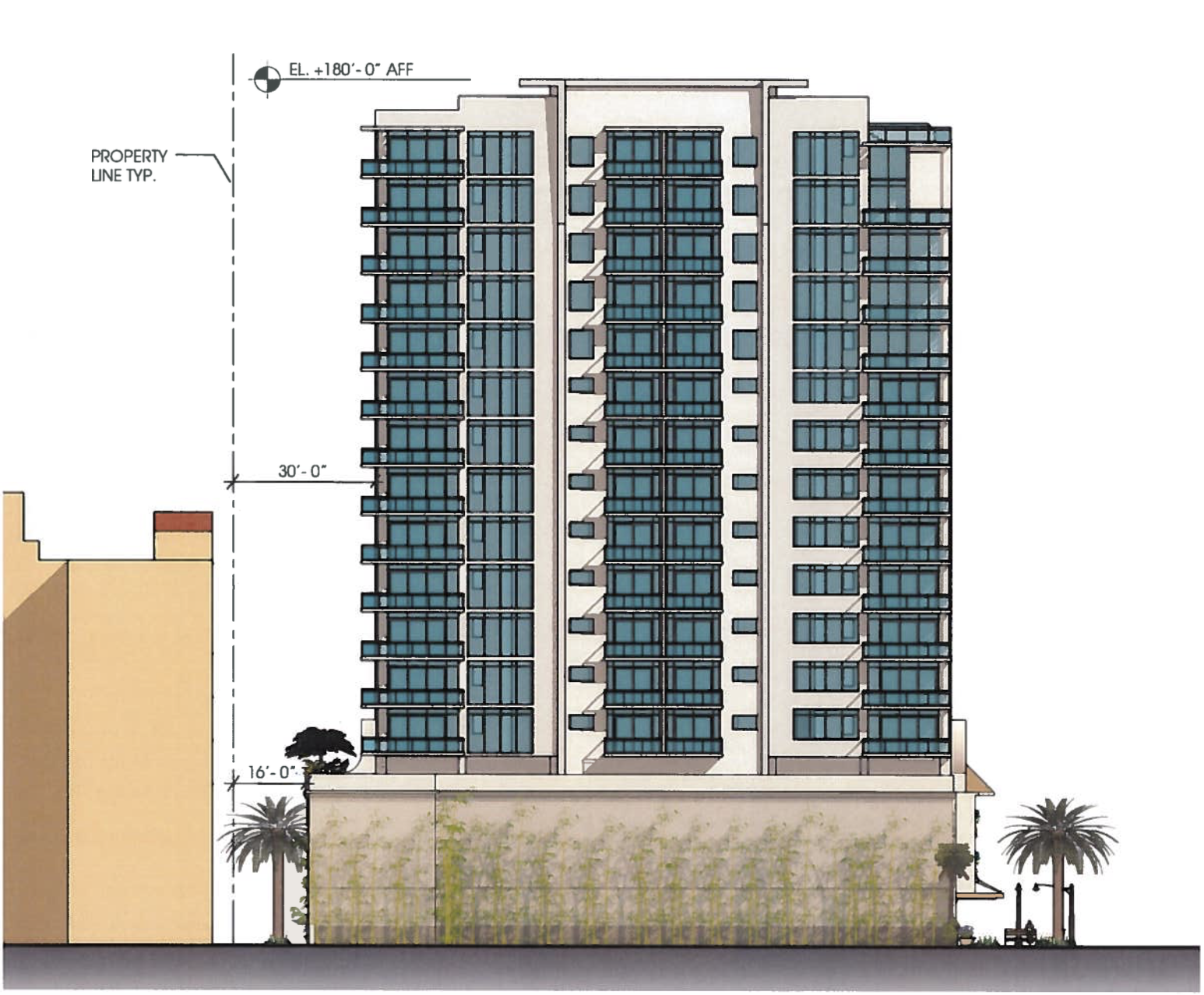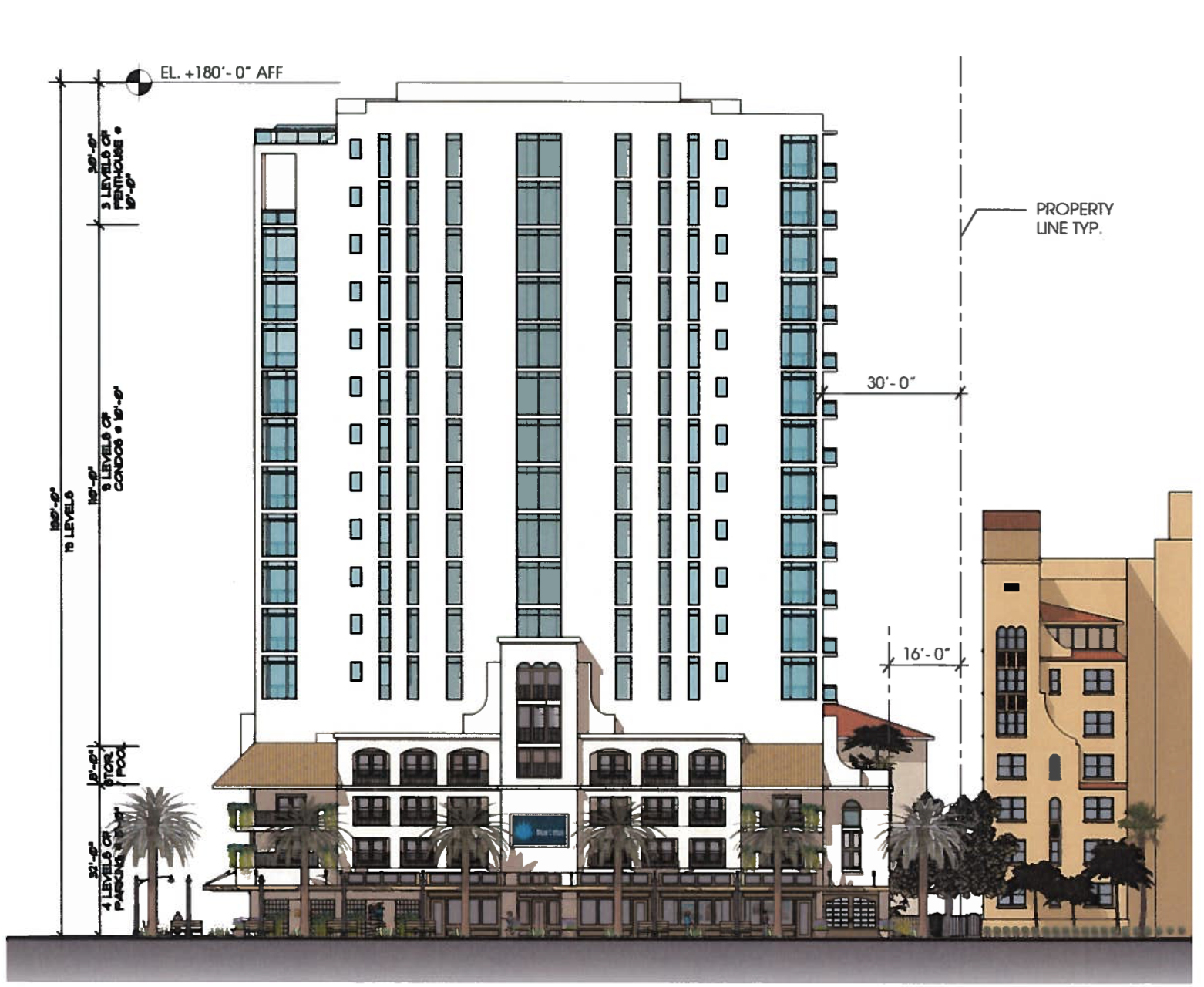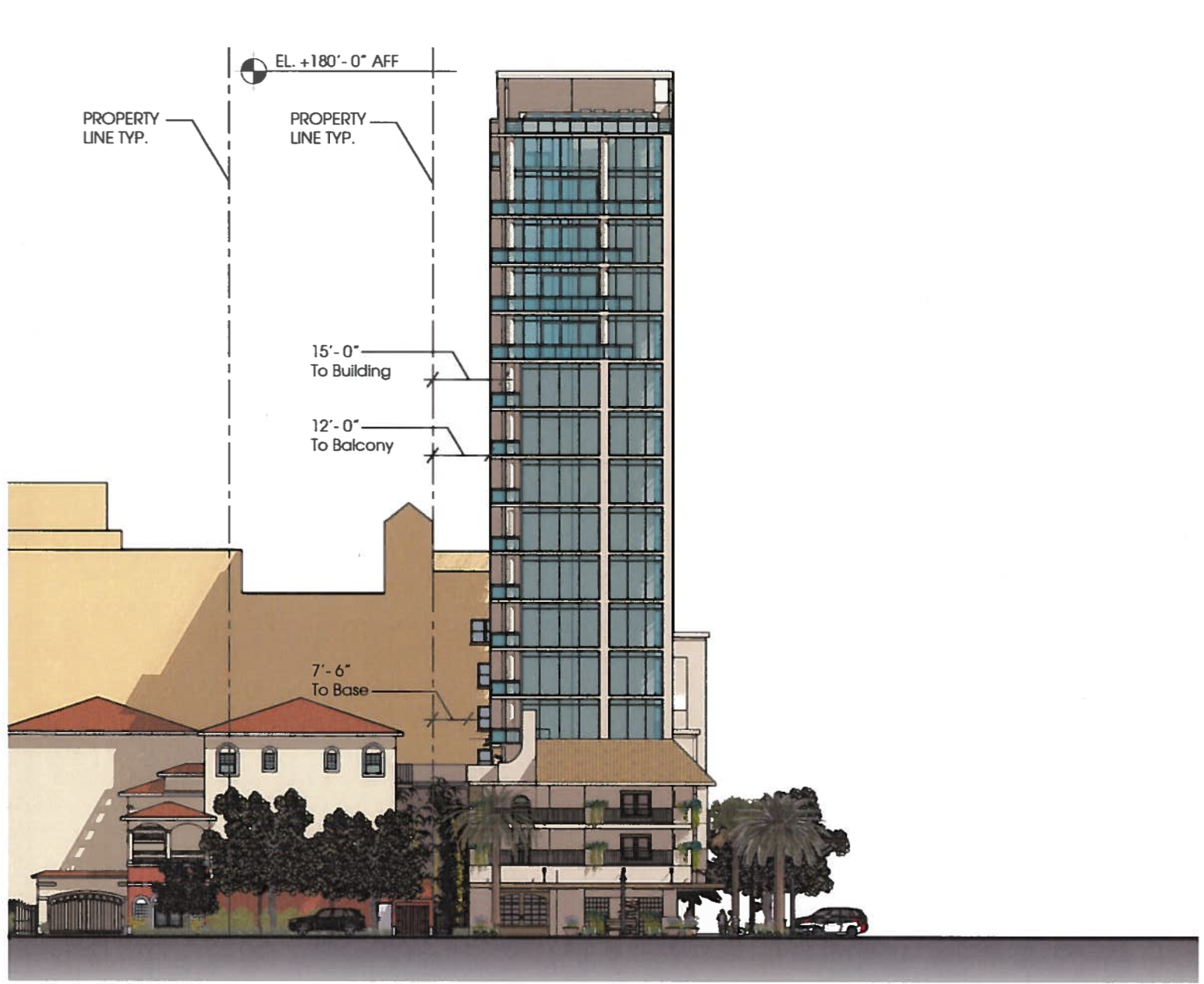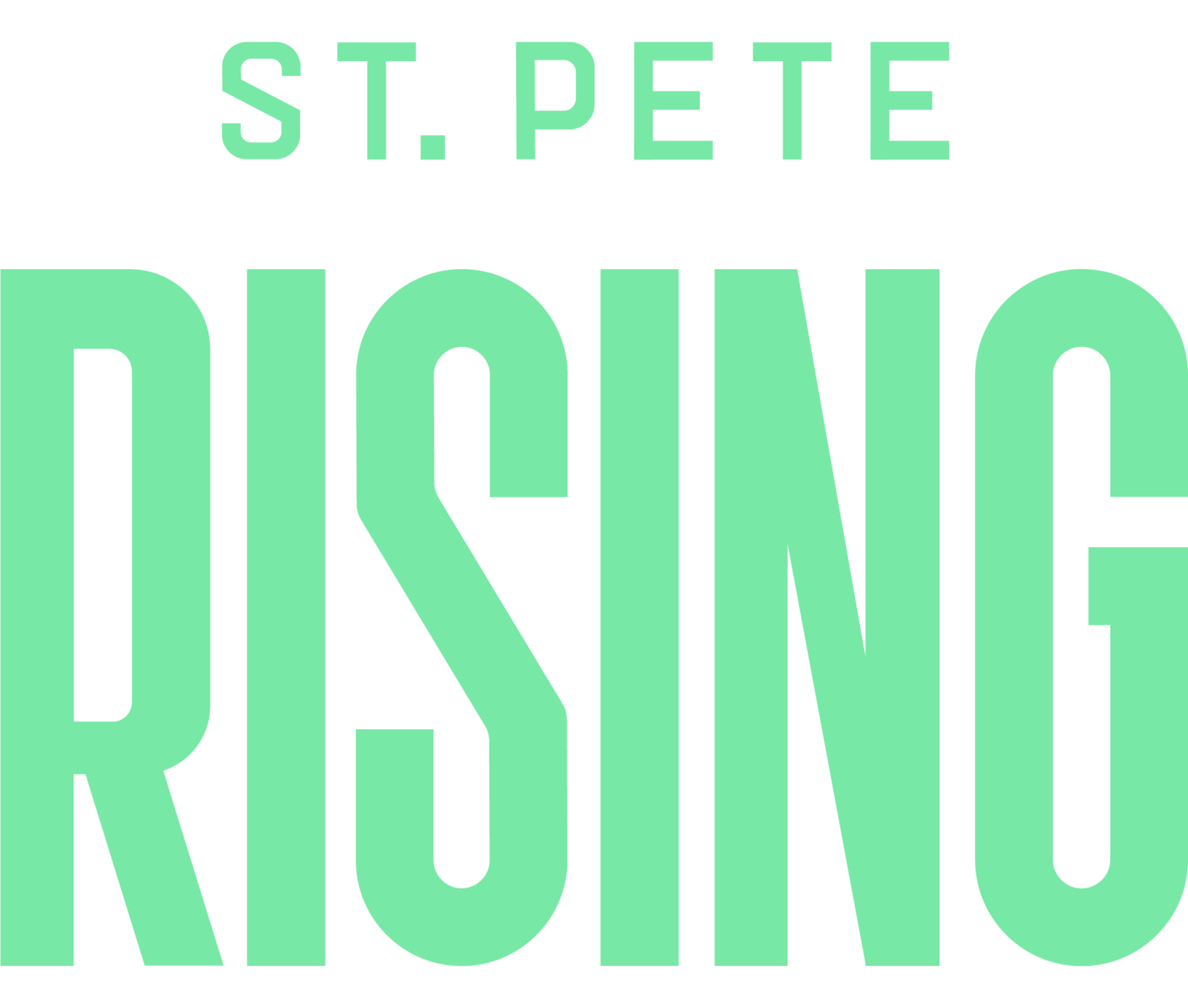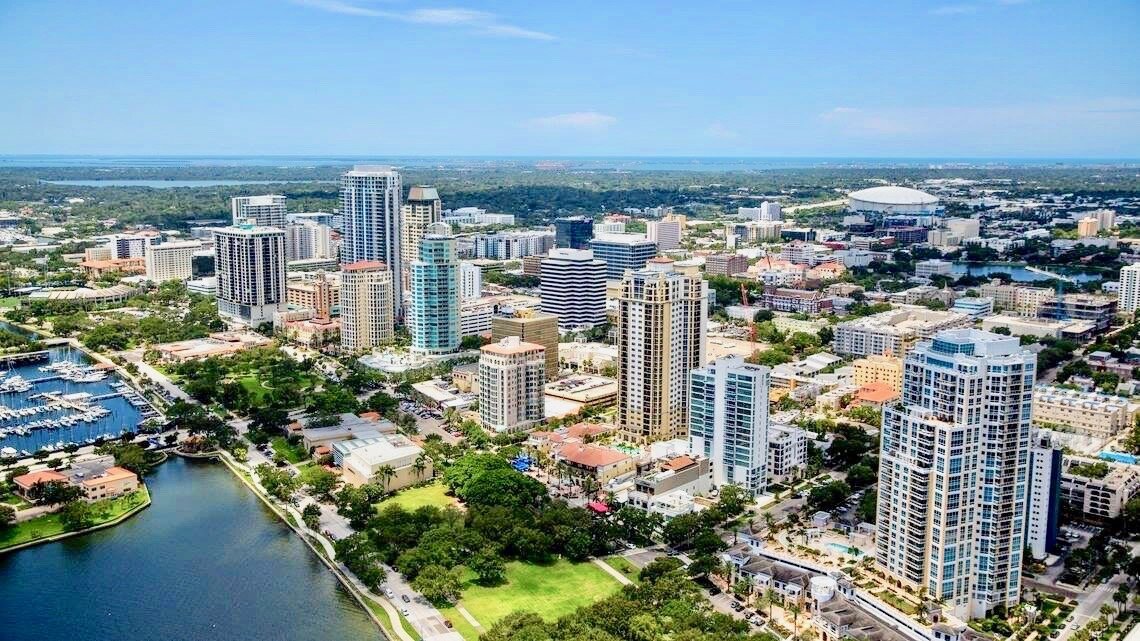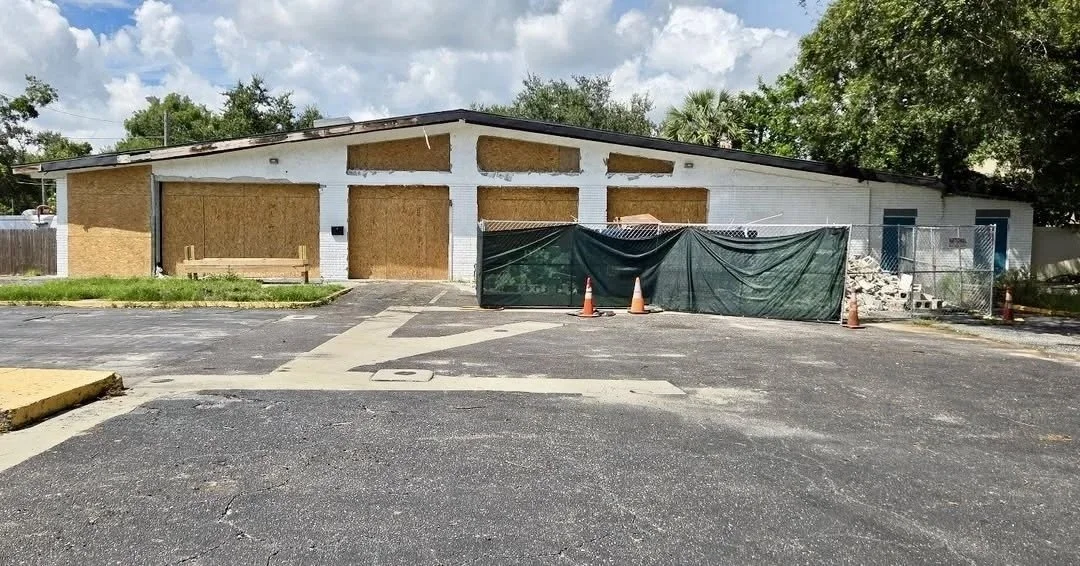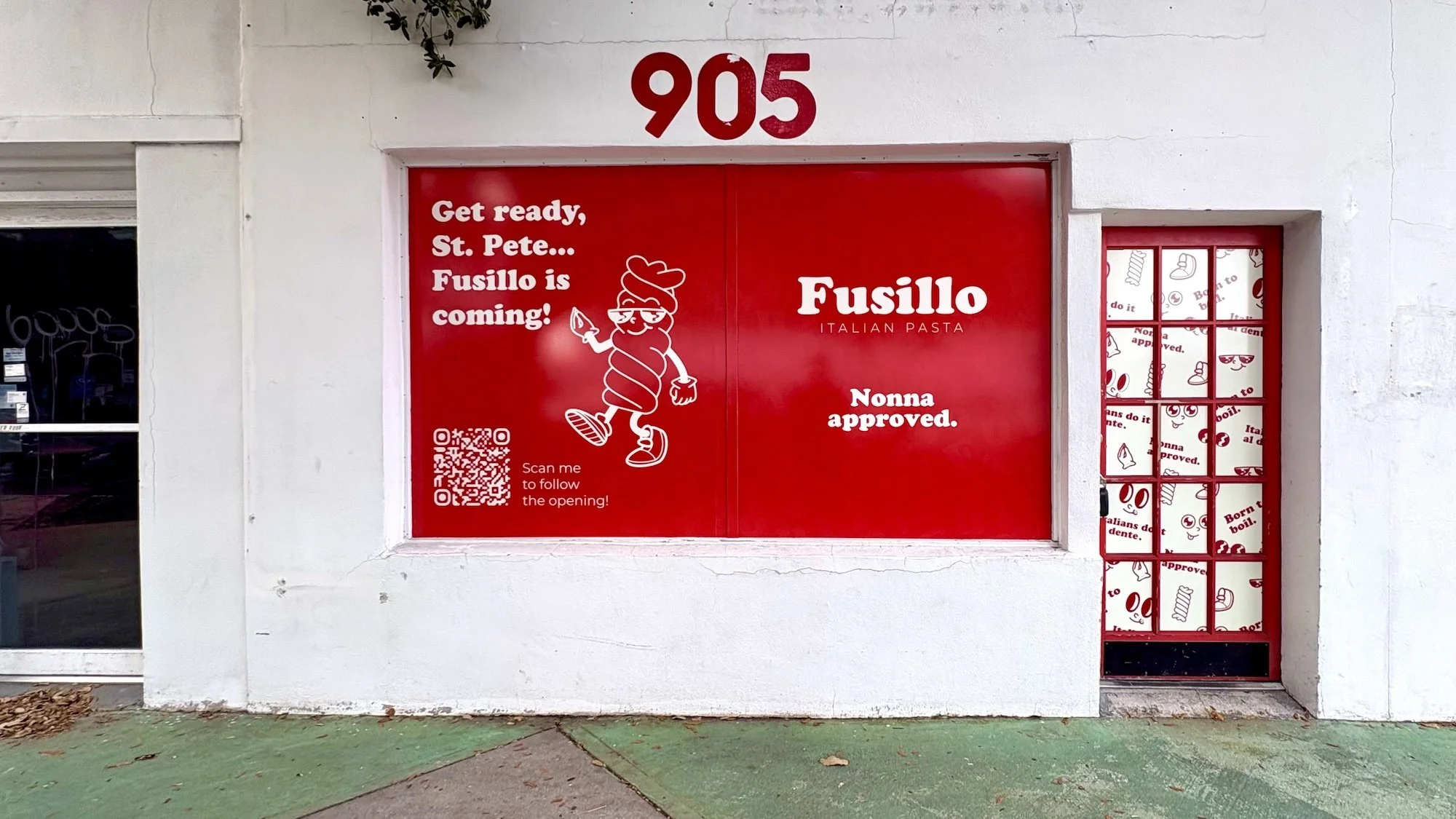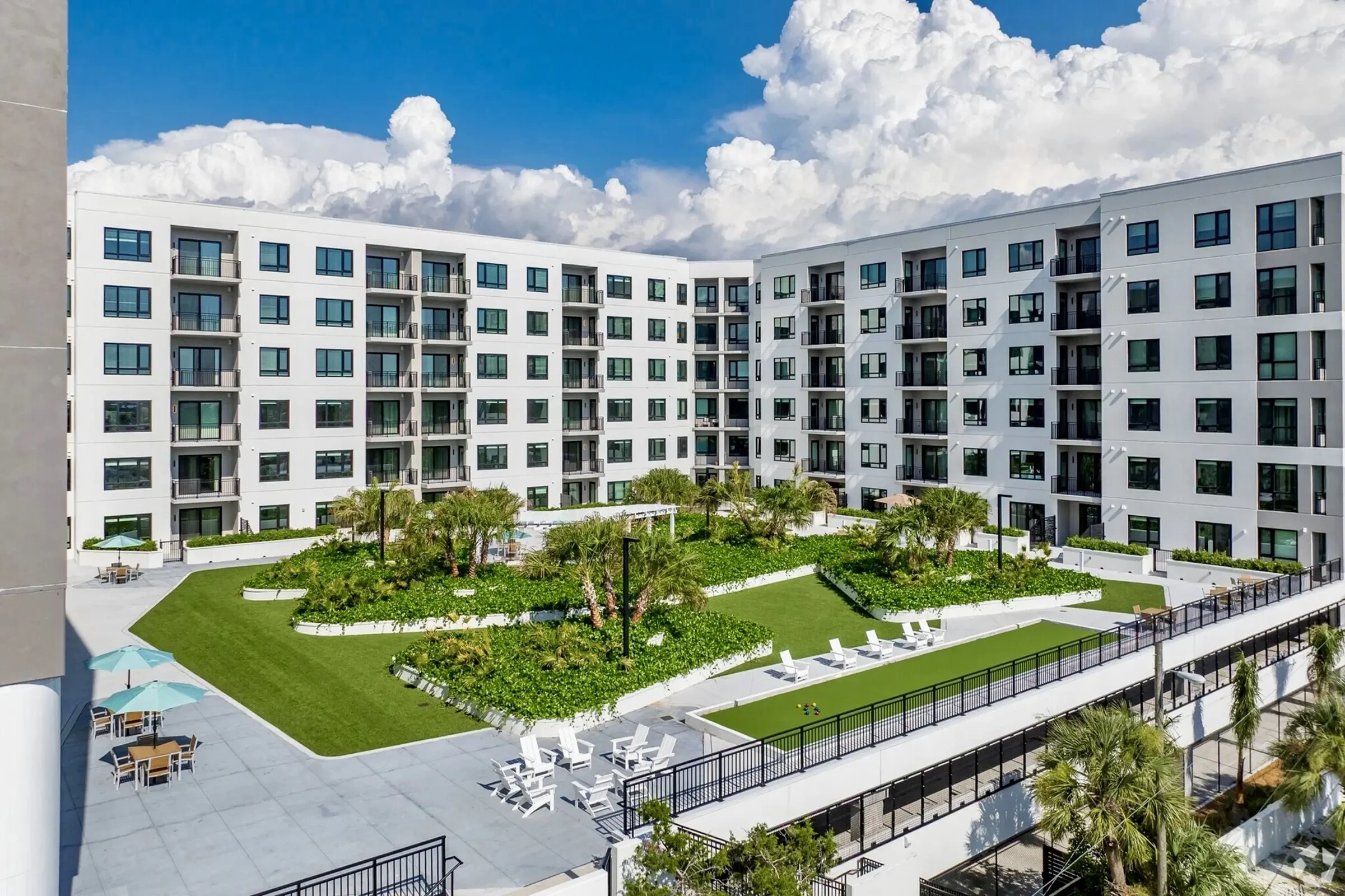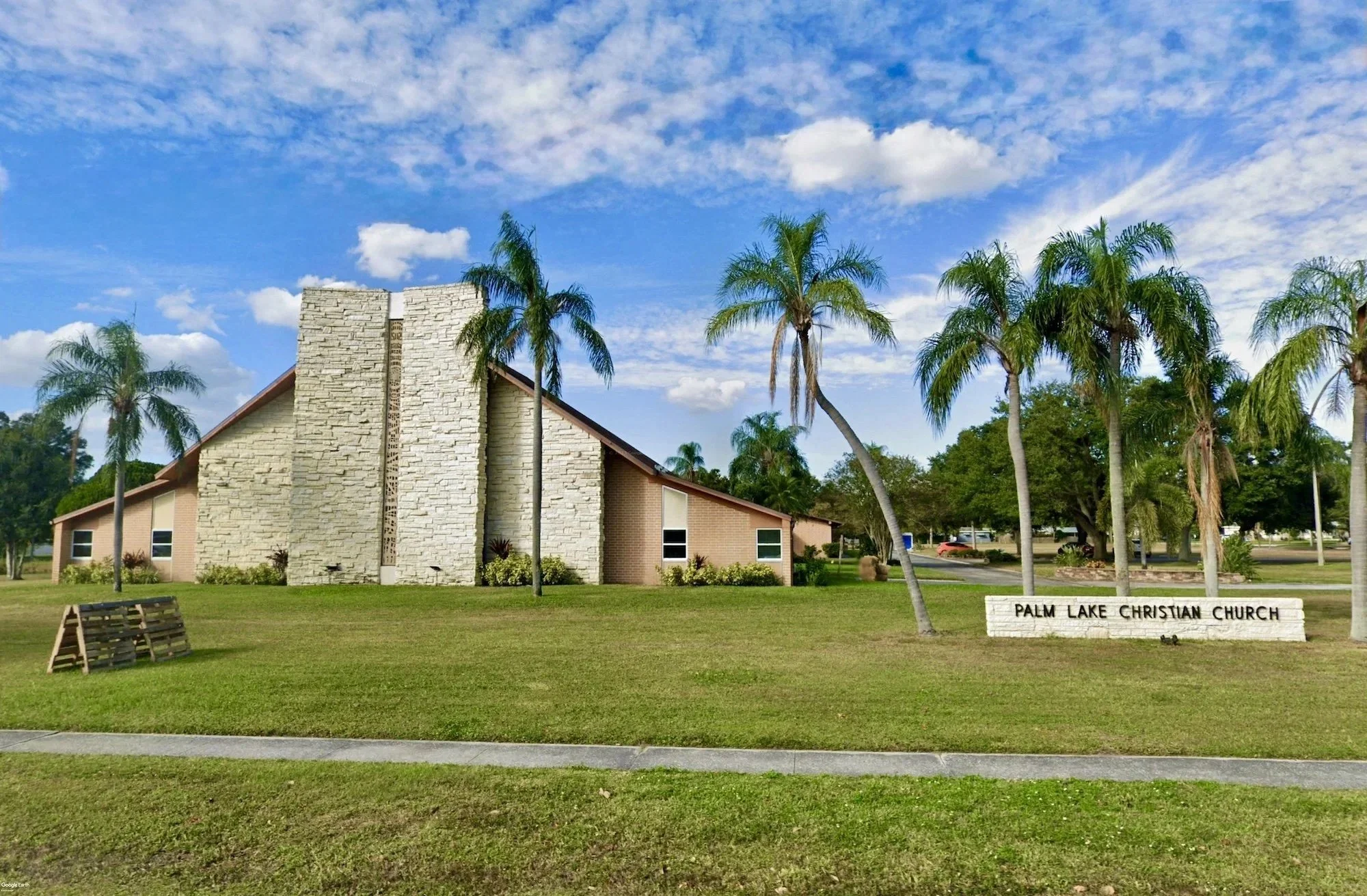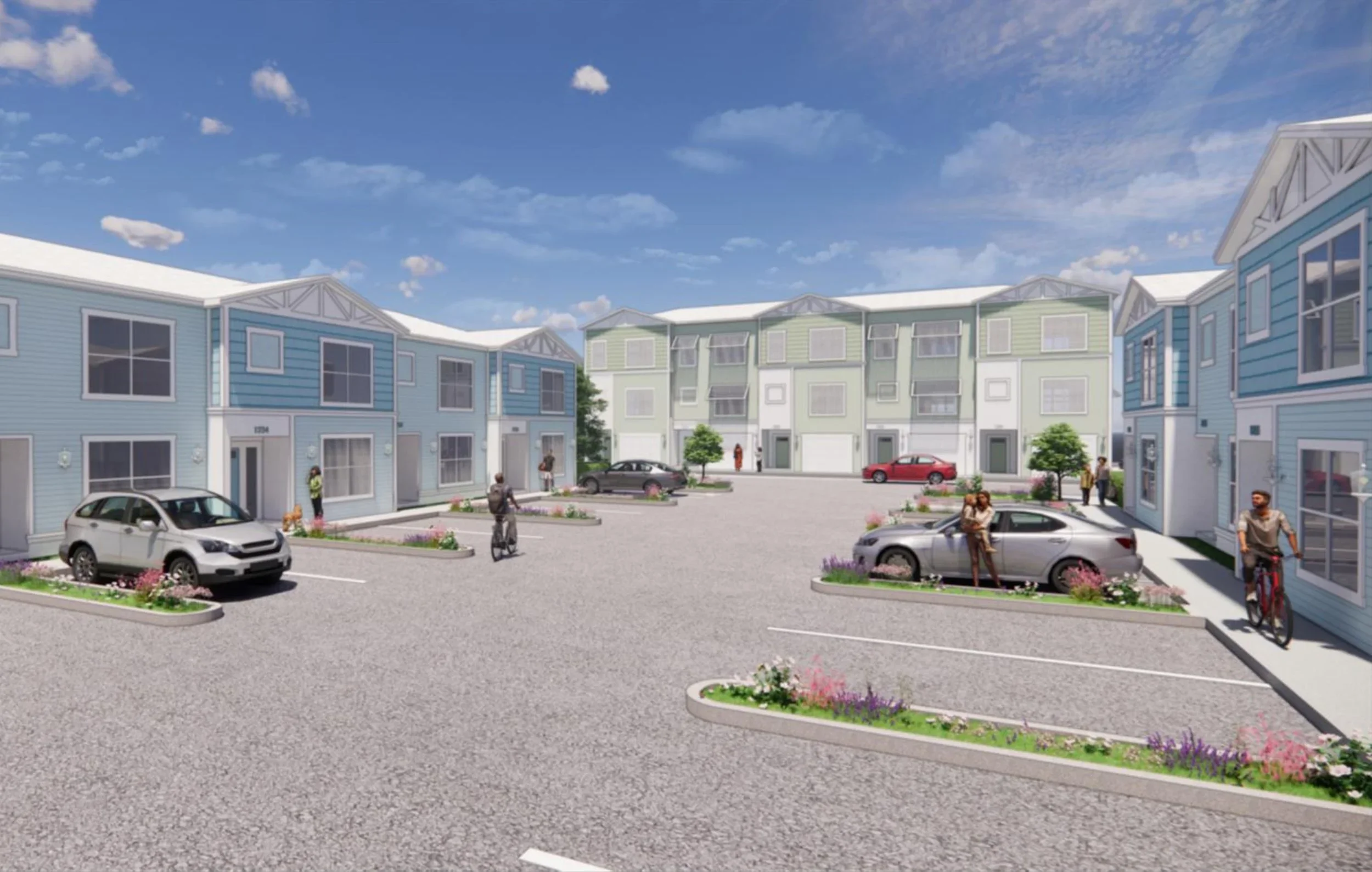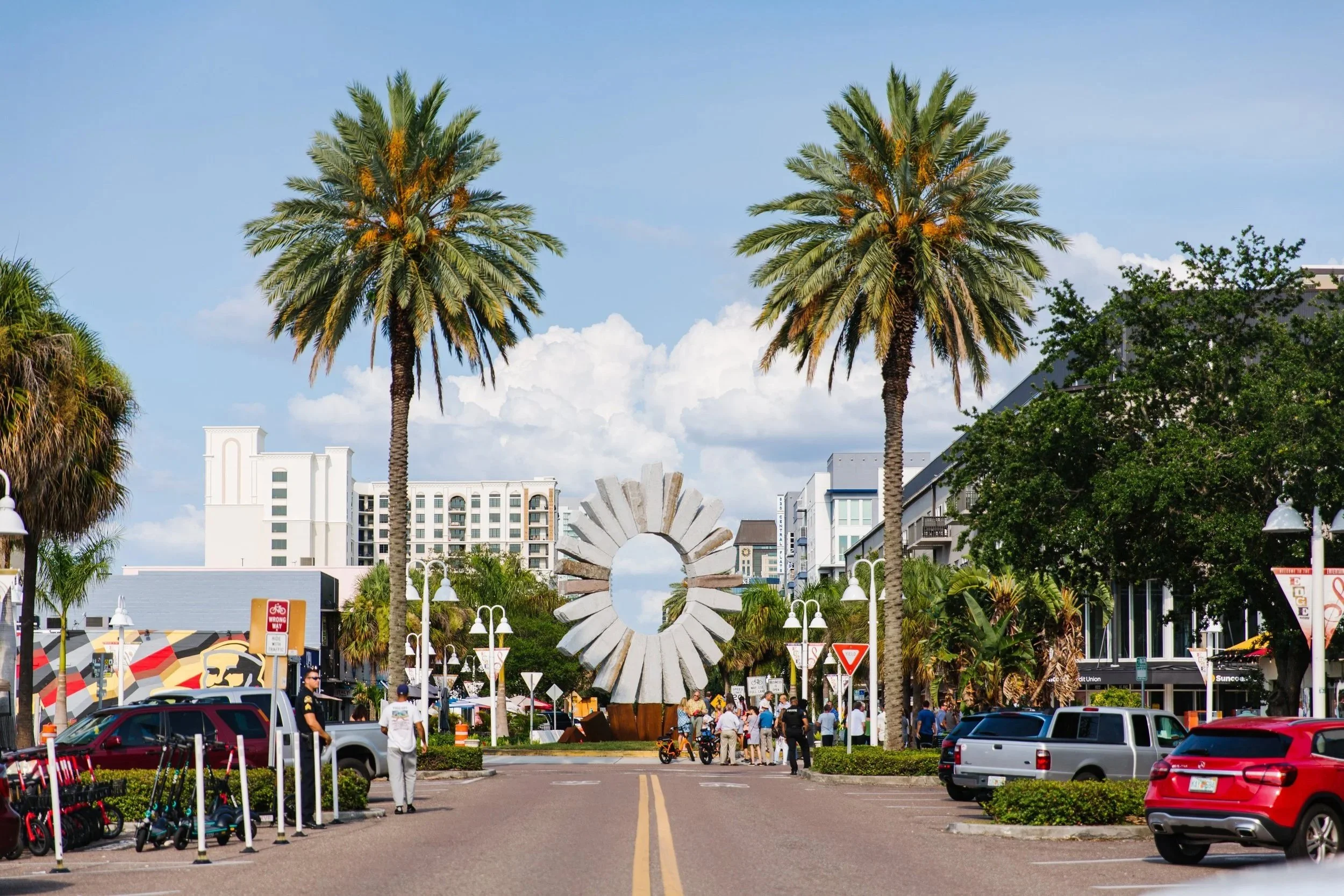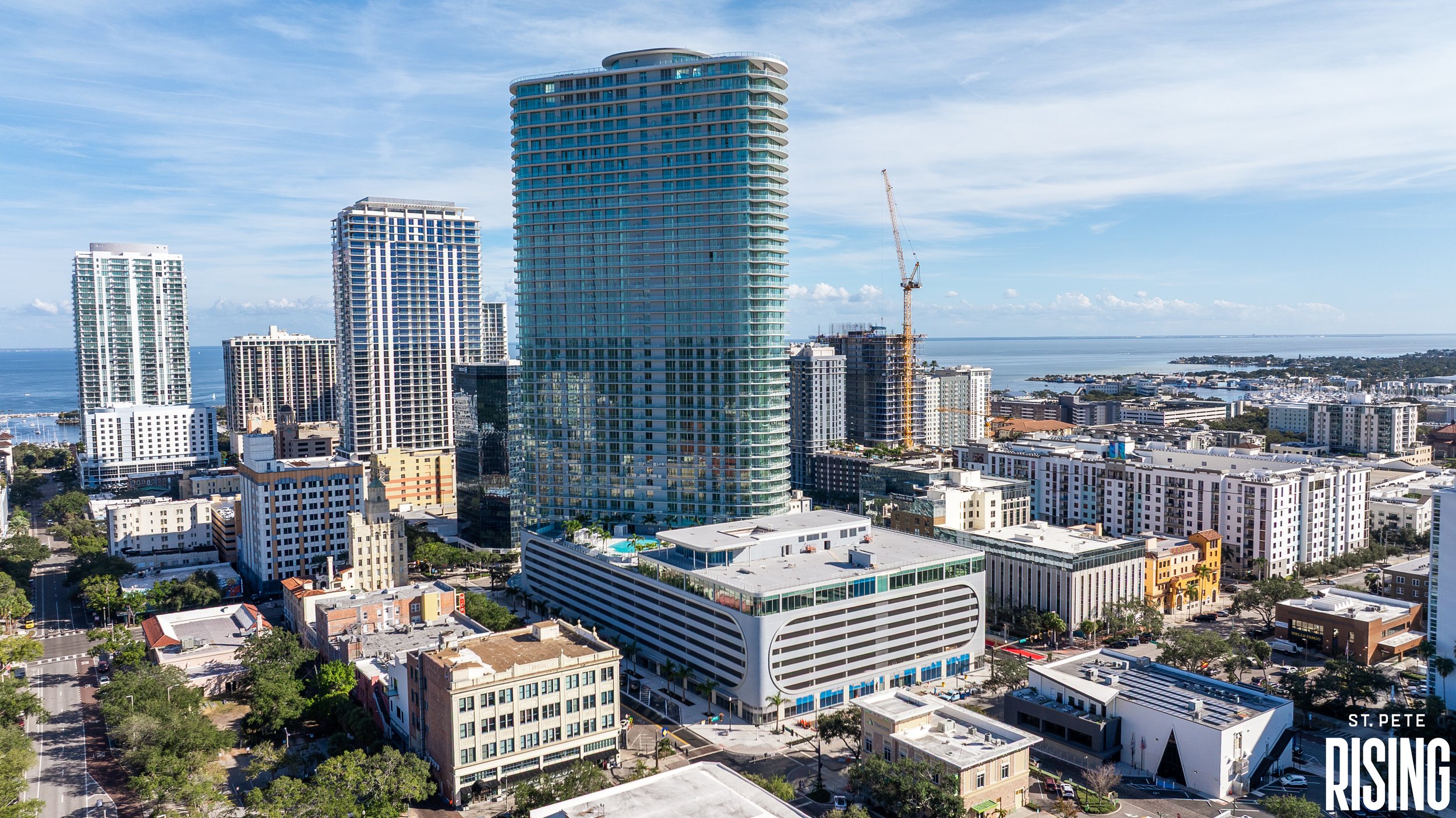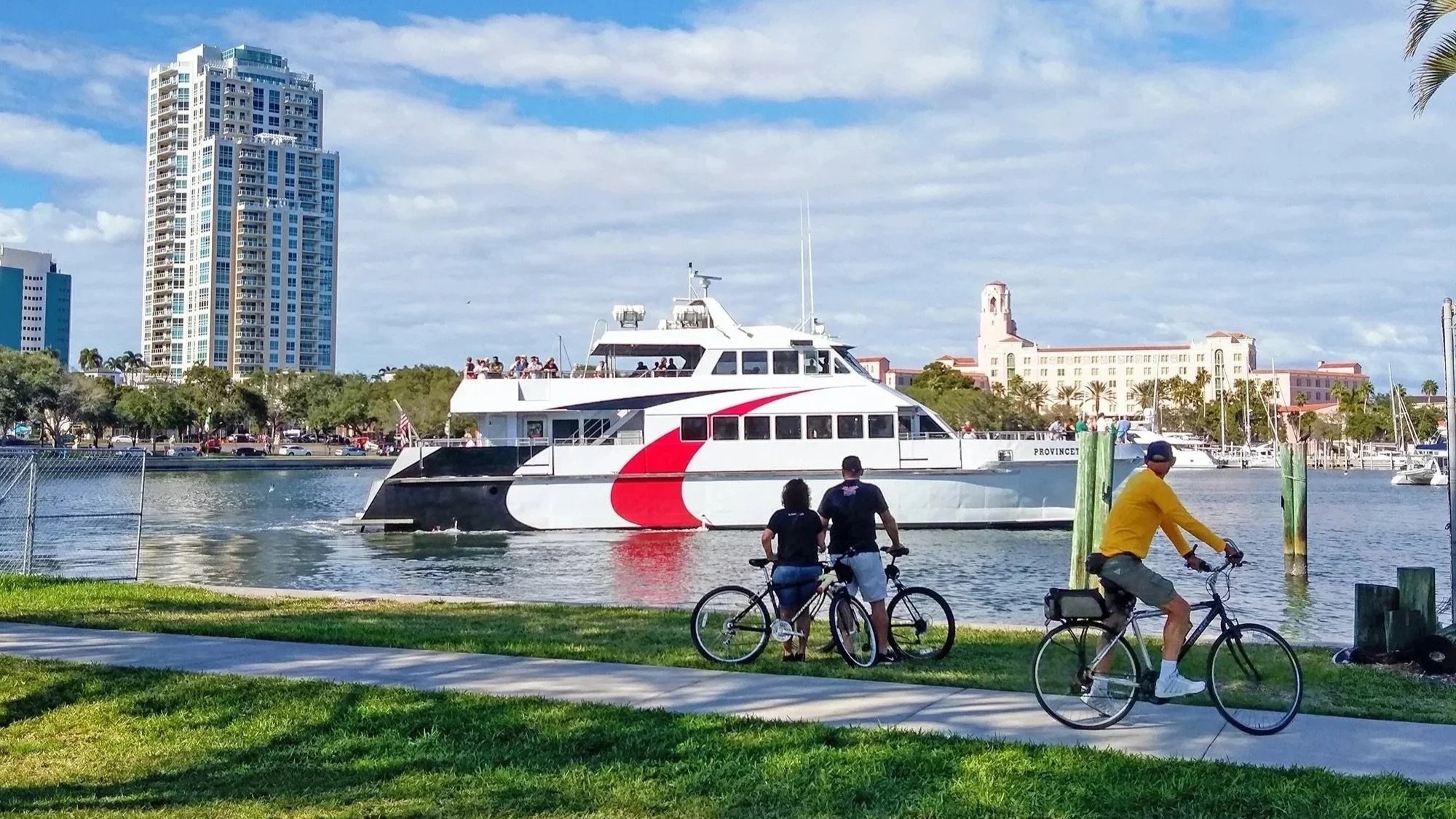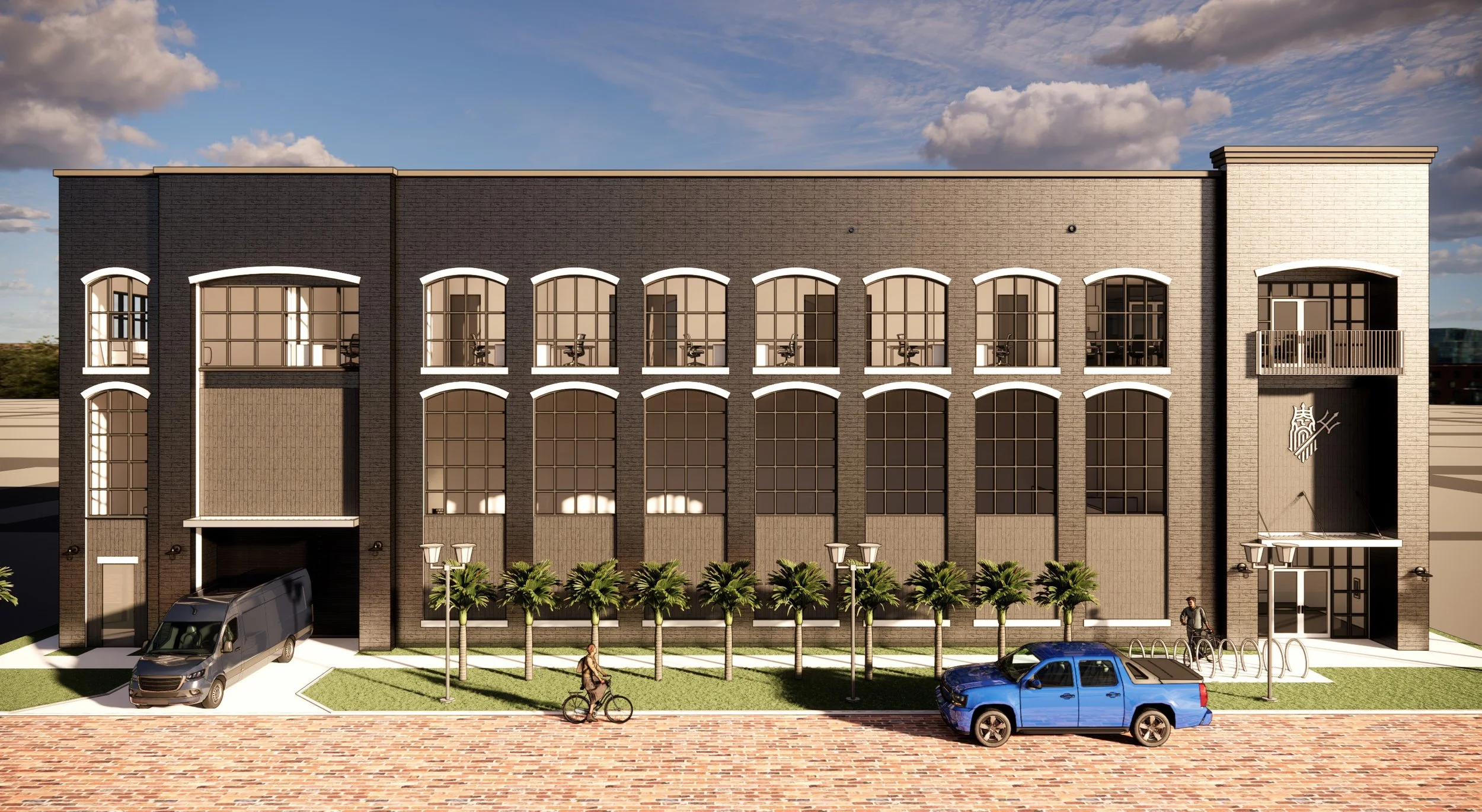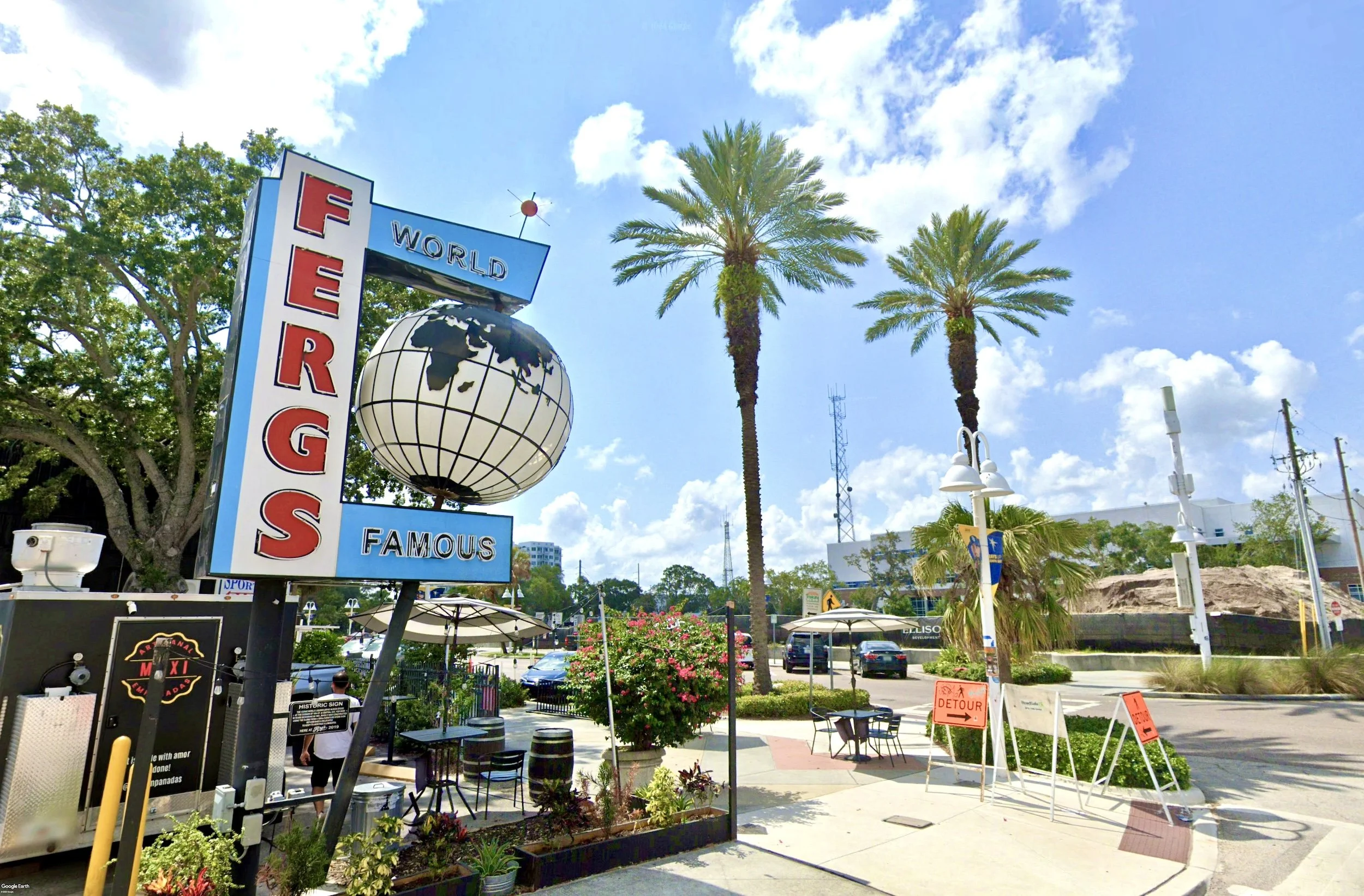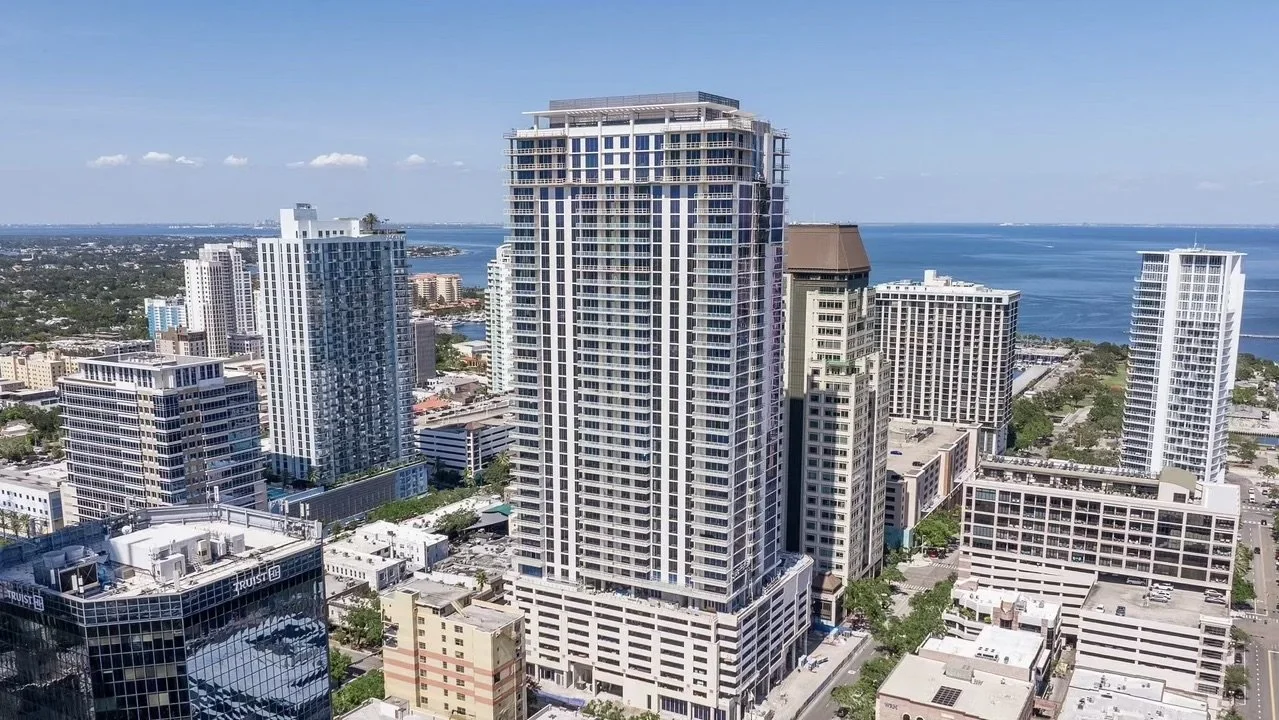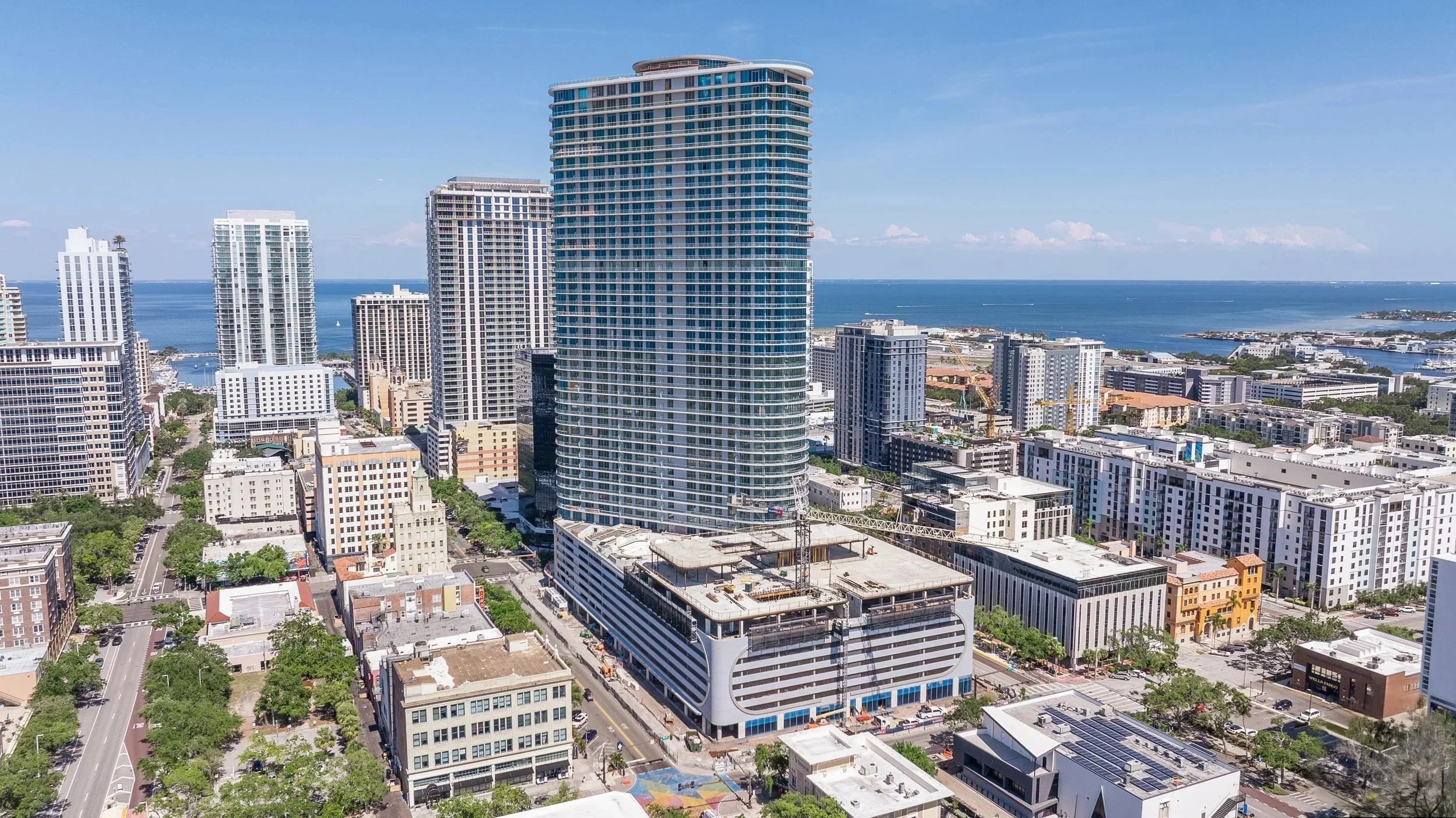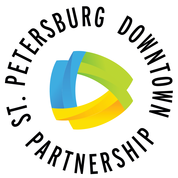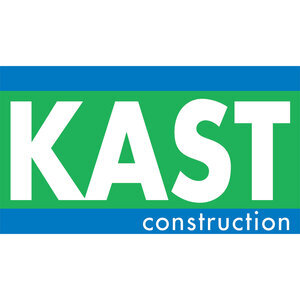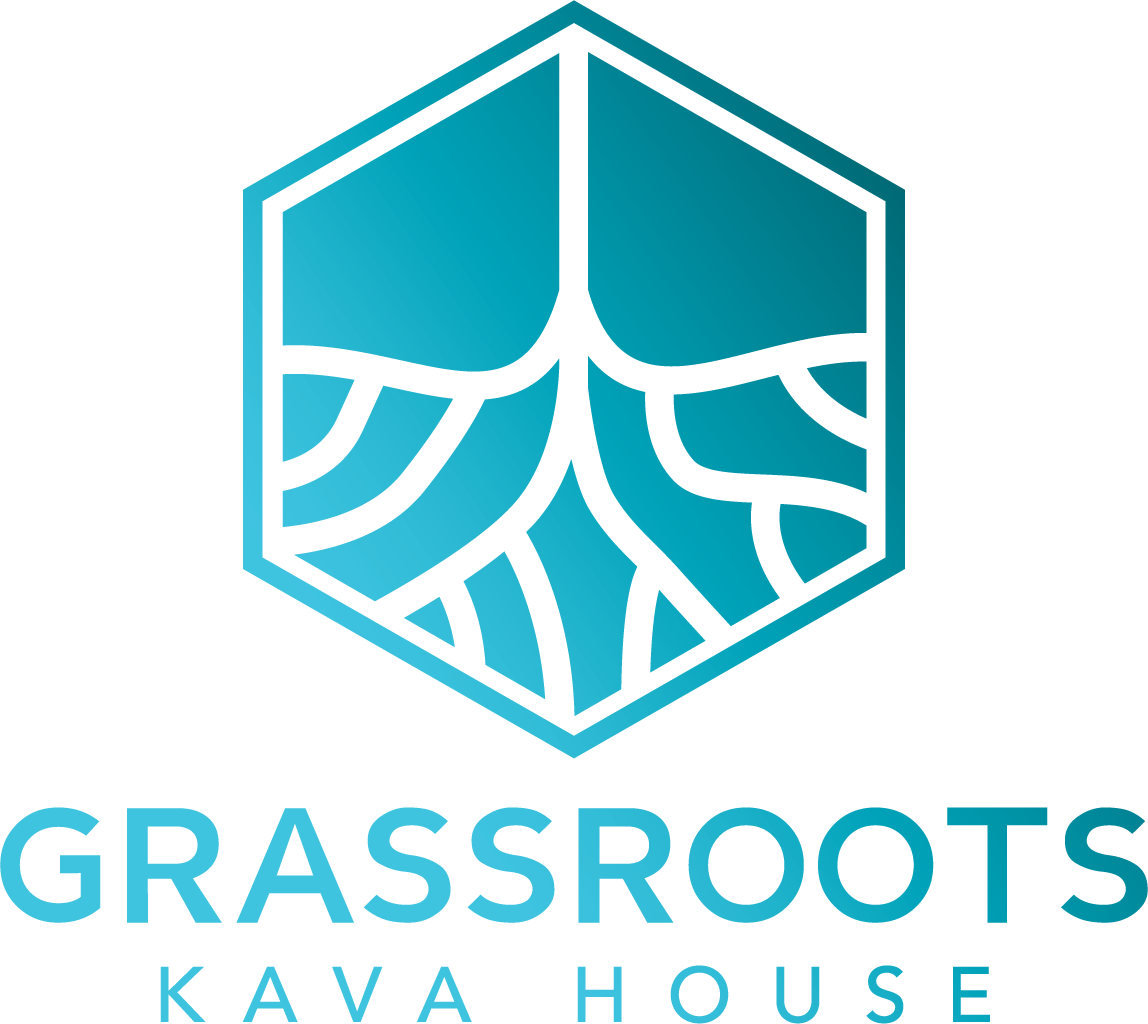OPINION: Bezu is Back, Here’s Why it Should be Approved
/The south elevation of Blue Lotus as it is currently proposed.
City Council, Preserve the Burg, developer Michel Regignano, and residents of the Flori de Leon. They’ve all been players in the Downtown St. Pete development saga that has played out over the last eighteen months. We’re talking about the controversial Blue Lotus (formerly Bezu) condominium project.
While many of you think you’ve been staying up to date, you probably don’t know all of the details. Or maybe you don’t know any details. Regardless, over the past year, we’ve heard comments such as “Wait… I thought that project was denied?” Or “Hasn’t that been approved already?” Well the answer to both is yes. Confused? We are here to help.
There are a lot of details to this story, so let’s take a step back and remember how we got here:
In 2005 a developer was granted approval for a 13-story, 19-unit building on the Bezu lot.
In October 2005, developer Frank Menna proposes, and is granted approval, for a 13-story, 19-unit condo tower named Maranatha by the Bay at the corner of 4th Avenue North and 1st Street North. That project was ultimately cancelled during the economic recession and the approval expired in September 2016 as a result of no action being taken.
In November 2017, developer Michel Regignano announced a proposal for the Bezu condominiums. The planned tower was to rise 24-stories and 300-feet above 4th Avenue North and house 28 residential units. It was announced for the same vacant lot where Marantha by the Bay was once proposed. Preserve the Burg announced opposition to the project saying it was out of scale and character with the surrounding neighborhood.
The original Bezu proposal was to rise 24-stories and 300-feet above 4th Ave N.
In December 2017, the project went before the Development Review Commission (DRC) seeking Floor Area Ratio (FAR) bonuses that would increase the project’s intensity from a baseline 3.0 FAR to a 7.0 FAR. For development newbies, FAR is basically a way to measure density or the intensity of a building. The DRC unanimously denied Bezu’s requested FAR bonuses.
In February 2018, the developer appealed to City Council seeking to override the DRC’s decision. Bezu needed a supermajority to overturn it, or six of eight votes. After a six-hour meeting, Council was gridlocked 4-4. Appeal denied.
A modified Bezu proposal went before the DRC in June 2018.
In June 2018, the developer went back to the drawing board and returned to the DRC with a smaller 19-story building that only included 20 condo units. The height of the project was reduced from 300 feet to 180 feet. The DRC looked favorably on the smaller scale building, which had a reduced FAR of 5.0, and approved it by a slim 4-3 vote. The DRC’s decision was then appealed again but this time by Preserve the Burg, who still opposed the smaller building.
In August 2018, Preserve the Burg’s appeal went before City Council. Again the appeal needed a supermajority to overturn the DRC’s decision. And once again, Council was gridlocked in a 4-4 vote which denied the appeal. The DRC’s approval was upheld and Bezu was approved to move forward.
In September 2018, after failing to overturn the DRC’s decision, Preserve the Burg announced a lawsuit against the City of St. Petersburg seeking to overturn the approval saying the approval violated city code because the building was not compatible with the neighborhood.
The project was rebranded as “Blue Lotus” in November 2018.
In November 2018, the project was rebranded to Blue Lotus and still featured 19-stories, 20 residential units, and was 180 feet tall. A few exterior changes were made but the project was largely the same design as before. Many people thought this was the end of the saga. With new plans and DRC approval in hand, Blue Lotus was expected to move forward. Not quite.
In December 2018, the project required one last hurdle before being fully approved. It needed a blessing from the Community Redevelopment Agency, which is just City Council in another form. This time the project was being voted on in order to measure its consistency with the Intown Redevelopment Plan (IRP). The IRP is a plan that was adopted in 1982 in order to encourage the revitalization of Downtown St. Pete. A simple majority was needed to approve. City Council once again gridlocked at 4-4 with Montanari, Foster, Gabbard, and Gerdes as ‘yes’ votes and Rice, Driscoll, Wheeler-Bowman, and Kornell as ‘no' votes. The exact same vote make-up as previous Council decisions. Denied.
Happy New Year!
In January 2019, the developer filed a lawsuit against the City of St. Petersburg to nix the Community Redevelopment Agency’s denial. The developer argued that the project complied with city zoning and land use regulations and it should be approved as consistent with the IRP. The city was now being sued by both the developer and Preserve the Burg.
In March 2019, new renderings were released showing a vastly redesigned base.
In March 2019, new renderings were released that showed a redesigned base of the building which includes added decorative balconies to the 4th Avenue North side of the building, additional windows on the north facing side of the building, and pedestrian streetscape improvements.
That brings us to the present. The next chapter in the Blue Lotus/Bezu saga is slated to occur on April 4th when the redesigned project will once again go before City Council (acting as the Community Redevelopment Agency) for the fourth time. A simple majority is needed to approve the project. This is, once again, the final hurdle.
OPINION: Why It Should Be Approved
As you’ve read, Bezu has had a long journey up until this point. And now that you’re caught up, let’s talk about some of the points of contention and why St. Pete Rising believes City Council should approve the project on April 4th.
Since the saga began, the two main points of opposition have been its height and its compatibility with the surrounding neighborhood. And while there are larger discussions on growth and development in St. Pete that will be had, it’s important that we judge this project by the current city code and land use regulations. City staff has found the project in compliance with the city’s land development code, but let’s talk about the project’s height for a second.
When the original Bezu project was proposed, opponents said the 300 foot building would tower over the block, with the next tallest building being the seven story Flori de Leon building. The developer appeased some of the height concerns by reducing the proposed height by 40%, from 300 feet to 180 feet. Since that time we’ve seen the 12-story Galaxy Hotel building top off on the same block, just south of the Bezu site.
The currently proposed building would only be 60 feet taller than the neighboring Galaxy Hotel and 50 feet taller than the previously approved Maranatha by the Bay project that was approved for the same location in 2005. And less than 500 feet away lies Bliss, a 204-foot condominium tower that would stand 24 feet taller than the proposed project. Simply put, the project’s height is not significantly out of place compared to the buildings around it. You could make that argument at 300 feet but not at 180 feet.
The second main point of contention has been the project’s lack of compatibility with the surrounding neighborhood, particularly as it relates to the neighboring historic Flori de Leon building. Preserve the Burg, which has repeatedly organized opposition to the building, deserves a lot of credit for speaking out against the initial proposals. We agree that the base of original building lacked personality and its modern architecture was cold and out of touch with the surrounding buildings, many of which have warm tones, Mediterranean accents, and a more pedestrian friendly base.
In the latest Blue Lotus proposal, the developer has reimagined the base to be more compatible with neighboring buildings. Changes include windows that now align with those on the Flori de Leon, which provides visual consistency along the block and added vertical elements like arches and balconies, which mimic buildings from a similar period.
The redesigned base will also feature 1920’s period benches and lamp posts that add visual character and pedestrian friendly elements to the building.
The redesigned base will also feature 1920’s period benches and lamp posts that add visual character and pedestrian friendly elements to the building. Additionally, there will be an 11-foot awning off of the building that will not only provide shade and protection from rain but will also serve to visually reduce the building’s height from the ground level.
Compared to the original proposal, the buffer between the Flori de Leon was increased from 7.5 feet to 16 feet with the buffer consisting of a landscaped courtyard. Another added element is a new open air art gallery at the corner of 4th Avenue North and 1st Street North that softens the building’s base and encourages pedestrian activity.
Another change to the structure of the building was the addition of more glass windows on the north side of the building, this was in response to feedback that the building would look like a massive blank wall from 4th Avenue North. The new windows add transparency and are used to visually break up the facade which lessens the buildings scale.
All in all, the side-by-side comparisons of previous to current renderings show a vastly redesigned building. While there are a variety of opinions surrounding the building and even of the developer himself, there have been significant changes made to both the height and base of the building.
In reducing the building’s height from 300 feet to 180 feet, the building no longer towers over the block. And by adding historic elements to the base, the building is more compatible with the Flori de Leon and has added pedestrian and streetscape improvements that better blend in to the residential nature of the neighborhood. Given that this building adheres to all land development codes and there has been a vast improvement in the base, St. Pete Rising is of the opinion that City Council should approve the project as consistent with the Intown Redevelopment Plan when it meets on April 4th.
Agree or disagree? Feel free to share your opinion with us in the comments. If you’d like to send a message sharing your own thoughts on the project to City Council, email council@stpete.org. If you’d like to attend the meeting, it will begin at 8:30AM on April 4, 2019, but be aware that the the project may not be the first item on the agenda.

